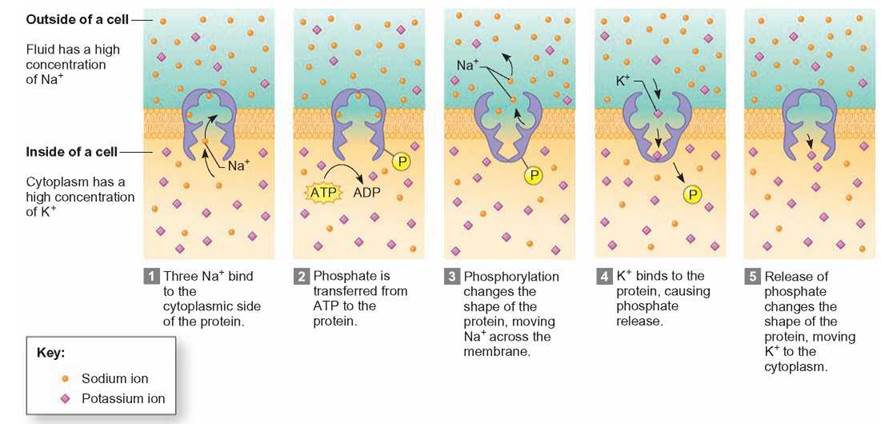

A movable tongue aids in the procurement of food (for example, this is seen in frogs, toads, woodpeckers, and anteaters) and for the placement of food between the molars of mammals. Thus, mammals have the unique ability to use their premolar and molar teeth for the grinding and crushing of food. Both the articulation and the musculature of the mammalian jaws allow the vertical movement of the lower jaw and either its lateral movement, as seen in most species, or a forward and backward movement, as seen in rodents and elephants.

A few mammals have no teeth however, most mammalian species possess incisors and canines for grasping, cutting, and tearing, and premolars and molars with uneven occluding surfaces. Most reptiles have teeth that are used for the procurement, cutting, tearing, or crushing of food, but turtles and birds use a beak for these purposes. Teeth, used for grasping, cutting, or tearing of food, are located in the jaws or other mouthparts of most fish, and adult amphibians are carnivores with a weak dentition that is used only for grasping and positioning prey. Movable, articulated jaws are found in all vertebrates, except the cyclostomes (lampreys and hagfish), which are primitive, parasitic fish. The headgut consists of the mouthparts and pharynx, which serve for the procurement and the initial preparation and swallowing (deglutition) of food. See also: Adaptation (biology) Animal evolution Energy metabolism Enzyme Food Nutrition Physiological ecology (animal) The digestive tract tends to be more complex in omnivores, which feed on both plants and animals, and most complex in herbivores, which feed principally on the fibrous portions of plants. Carnivores, which feed exclusively on other animals, and species that feed on plant concentrates (seeds, fruit, nectar, and pollen) tend to have the shortest and simplest digestive tract. In other aspects, the digestive systems of vertebrates show numerous structural and functional adaptations to their diet, habitat, and other physiological characteristics ( Fig. Some characteristics of the vertebrate digestive system are common to all classes of vertebrates and appear to have been conserved in their evolution. Enzymes produced by the host animal and microbes indigenous to the digestive tract destroy harmful agents and convert food into a limited number of nutrients, which are selectively absorbed. Food is ingested, reduced to particles, mixed with digestive fluids and enzymes, and propelled through the digestive tract. The vertebrate digestive system consists of the digestive tract (alimentary canal) and ancillary organs that serve for the acquisition of food and the assimilation of nutrients required for energy, growth, maintenance, and reproduction. Proper digestion could not take place without substantial numbers of indigenous bacteria, which are found throughout the digestive tract.Ī set of structures and organs in which food substances are digested. The major physiological activities of the digestive system are motility, secretion, digestion, and absorption.

The nervous and endocrine systems control the activities of the digestive system. The gastrointestinal (digestive) tract of most vertebrates includes the headgut (mouthparts and pharynx), foregut (esophagus and stomach), midgut (small intestine), pancreas, biliary system (liver and gallblader), and hindgut (large intestine, cecum, colon, and rectum or cloaca). The digestive system is the organ system in which food substances are broken down in the body.


 0 kommentar(er)
0 kommentar(er)
